In the world of golf, where every stroke counts and precision is paramount, understanding how to put spin on a golf ball can be a game-changer. Whether you’re looking to add backspin for softer landings on the green or sidespin to shape your shots, mastering the art of spin can lead to greater control and improved scores. This comprehensive guide will delve into the intricacies of golf ball spin, providing you with the knowledge and techniques needed to enhance your game.
Understanding Spin in Golf
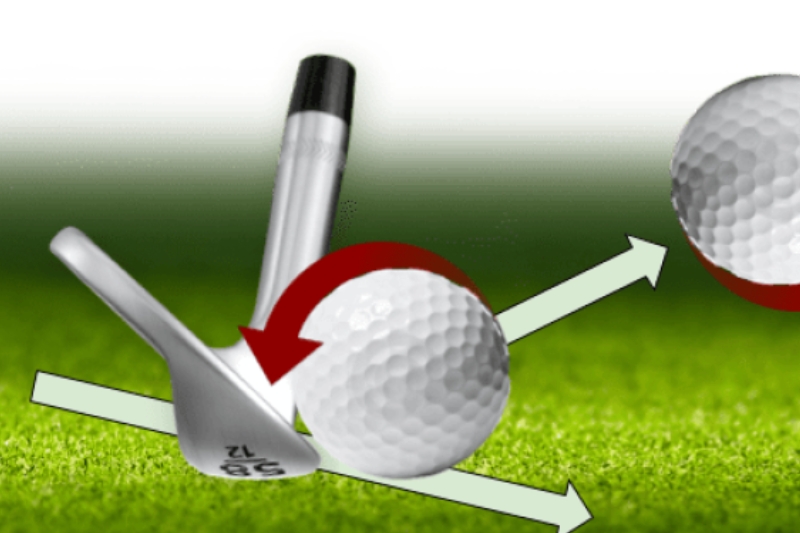
Spin is fundamentally the rotation of the golf ball around its axis as it travels through the air. This rotation influences the ball’s flight path, distance, and how it behaves when it lands. There are three primary types of spin that golfers should be familiar with: backspin, sidespin, and topspin.
Backspin
Backspin is the most commonly utilized spin in golf. It occurs when the golfer strikes the ball below its center, causing it to rotate backward as it ascends into the air. The result is a higher launch angle, allowing the ball to carry further before descending steeply onto the green. This type of spin is particularly advantageous when approaching the green, as it enables the ball to land softly, reducing the amount of roll after impact.
When executed correctly, backspin can help clear obstacles such as bunkers or water hazards, making it easier to land the ball precisely where intended. Additionally, backspin enhances control over the ball’s trajectory, allowing players to navigate challenging course conditions more effectively.
Sidespin
Sidespin is another crucial component of spin in golf, often used to create fades and draws. By striking the ball on one side of its center, a golfer can impart a lateral rotation that causes the ball to curve either to the left (draw) or to the right (fade). This technique is invaluable for targeting specific locations on the green, maneuvering around obstacles, and adapting to varying wind conditions.
Understanding how to manipulate sidespin can significantly improve shot accuracy and enable golfers to shape their shots according to their desired outcomes. Mastering this aspect of spin allows players to become more versatile on the course, enhancing their overall performance.
Topspin
Topspin is less common in golf compared to backspin and sidespin. Achieved by striking the ball above its center, topspin creates a lower trajectory and is typically employed for shorter chips and pitches. When using topspin, the ball tends to roll out more upon landing, which can be beneficial in certain situations where a low ball flight is desired.
While topspin may not be as frequently used as backspin or sidespin, understanding its mechanics can provide golfers with additional options in their shot-making repertoire. Knowing when to utilize topspin can help players navigate tricky lies and execute precise shots around the green.
Factors Affecting Spin on a Golf Ball
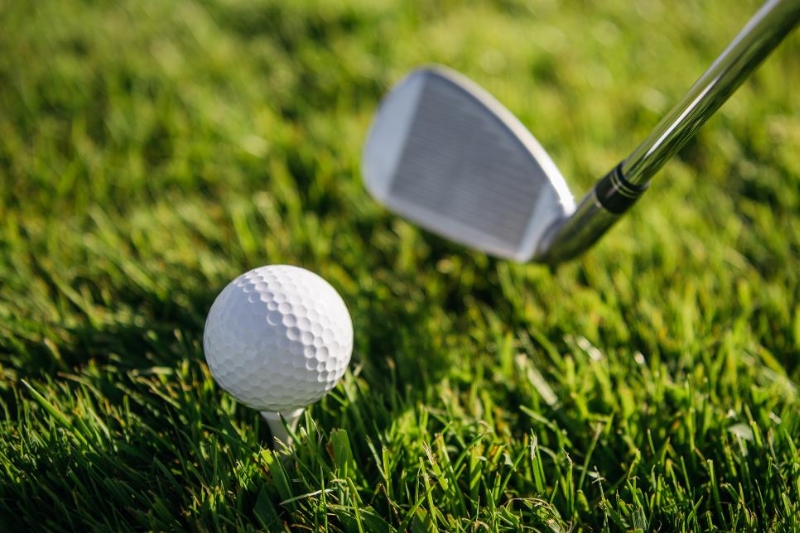
Several factors influence the amount and direction of spin imparted on a golf ball. Understanding these elements is essential for golfers looking to refine their skills and achieve consistent results.
Club Face Angle
The angle of the club face at impact plays a significant role in determining the spin produced. A closed club face generally results in increased backspin, while an open club face leads to reduced backspin. Golfers must pay close attention to their club face angle during their swing to ensure they achieve the desired spin characteristics.
Clubface Loft
The loft of the club, measured in degrees, directly impacts both the initial launch angle and the amount of spin generated. Clubs with higher lofts tend to produce more backspin and a steeper trajectory. Conversely, lower loft clubs may yield less backspin and a flatter trajectory. Selecting the appropriate club for each shot is crucial for optimizing spin performance.
Swing Path
The path of the clubhead through the impact zone is another critical factor affecting spin. A square swing path minimizes sidespin, leading to straighter shots, while an in-to-out swing path generates a draw, and an out-to-in swing path produces a fade. Golfers should focus on maintaining a consistent swing path to achieve the desired spin and shot shape.
Clubhead Speed
Faster clubhead speeds generally correlate with increased spin rates. This is especially true for backspin, as the ball’s rotation increases with higher impact velocity. Golfers looking to maximize their spin potential should work on increasing their clubhead speed through proper technique and strength training.
Ball Type
Different golf balls are designed with varying spin characteristics. Low-compression balls tend to produce more spin, making them ideal for beginners and players with slower swing speeds. In contrast, high-compression balls generate less spin and are better suited for experienced players with faster swings who prioritize distance and control.
Ball Speed
The speed at which the ball leaves the club face also influences spin. Higher ball speeds generally result in increased spin rates. Golfers should aim to optimize their ball speed through effective swing mechanics to enhance their spin performance.
Clubface Grooves
The grooves on the clubface are designed to grip the ball and impart spin. More grooves and deeper grooves can create higher spin rates, allowing golfers to achieve the desired spin characteristics. Regularly checking and maintaining the condition of your clubface grooves is essential for maximizing spin potential.
Weather Conditions
Environmental factors such as wind and humidity can also affect spin. For instance, a strong tailwind may reduce backspin, while a headwind can increase it. Golfers should be mindful of weather conditions and adjust their spin strategy accordingly to maintain control over their shots.
Techniques for Applying Spin on a Golf Ball
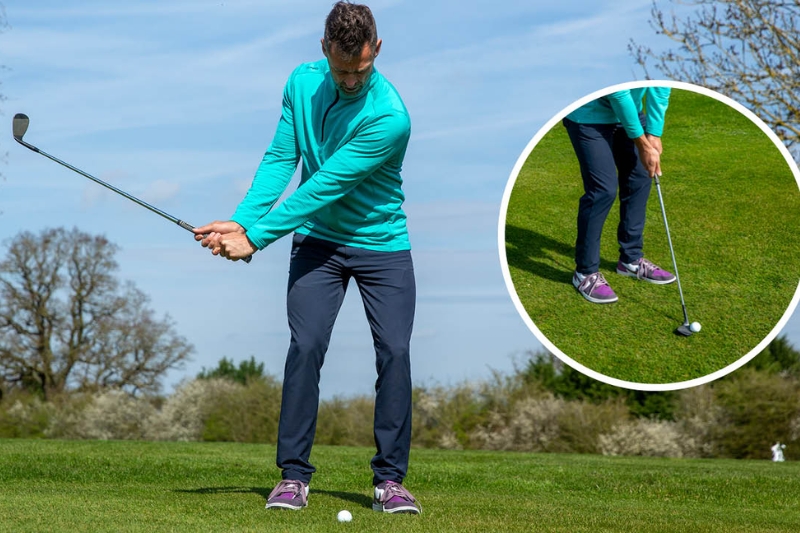
Mastering the art of spin requires practice and a deep understanding of the mechanics involved. Here are some key techniques to help you impart spin on your golf ball effectively.
Grip
A proper grip is fundamental for generating backspin. Golfers should ensure their fingers are positioned correctly on the club, forming a “V” with their thumbs pointing toward their right shoulder (for right-handed golfers). A strong grip can help generate more backspin and enhance overall control during the swing.
Swing Plane
Maintaining a consistent swing plane is crucial for achieving reliable spin. The swing plane refers to the path of the clubhead as it moves from the backswing to the downswing. Golfers should aim for a smooth, even swing plane throughout their motion to promote consistent spin and shot accuracy.
Impact Position
For maximum backspin, golfers should strive for a solid, centered hit. This involves striking the ball with the clubface squarely aligned to the target line, ensuring that the sweet spot makes firm contact with the ball. Practicing impact position can significantly improve spin consistency and overall performance.
Wrist Action
Wrist action plays a pivotal role in spin generation. A slightly cocked wrist position during the backswing allows for a more powerful and controlled downswing, which helps impart backspin to the ball. Golfers should focus on developing a fluid wrist motion to enhance their ability to generate spin.
Follow-Through
A smooth, consistent follow-through is essential for both backspin and controlling the direction of the ball. Golfers should aim for a balanced finish with the clubhead pointing towards the target. A well-executed follow-through can contribute to improved spin control and shot accuracy.
Ball Position
The position of the ball in your stance can significantly influence the amount of spin generated. Moving the ball slightly forward in your stance promotes more backspin, while moving it back encourages less spin. Experimenting with ball position during practice sessions can help golfers find the optimal setup for their shots.
Importance of Spin Control in Golf
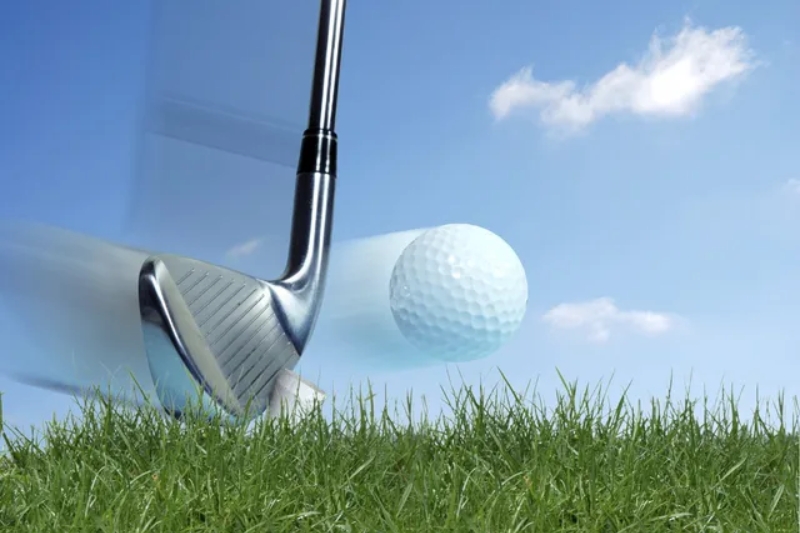
Spin control is a crucial aspect of golf, enabling players to achieve various shot outcomes and navigate diverse course conditions effectively.
Longer Distance
Backspin allows the ball to stay in the air longer, resulting in greater carry distance. Golfers who can consistently generate backspin on their shots can maximize their distance and reach greens from challenging positions.
Softer Landings
A well-struck shot with sufficient backspin lands softly on the green, reducing the amount of roll and making it easier to control the ball’s trajectory. This is particularly important when approaching the green, as it allows for more precise placement and reduces the risk of overshooting the target.
Accuracy and Control
Utilizing sidespin allows golfers to shape their shots, hitting fades or draws to target specific locations on the green or to avoid obstacles. Mastering spin control enhances shot accuracy and provides golfers with the versatility needed to tackle various course layouts.
Short Game Mastery
Spin control is particularly critical in the short game. Backspin on chip shots helps ensure a gentle roll, while sidespin allows for precise placement around the green. Developing spin control in the short game can lead to lower scores and improved overall performance.
Adaptability to Wind Conditions
Knowing how to adjust your spin based on wind conditions is essential for successful shot execution. In a strong tailwind, golfers may need to reduce backspin to prevent the ball from soaring out of bounds, while in a headwind, adding more backspin can help counteract wind resistance. Adapting spin strategies to changing conditions is vital for maintaining control over shots.
Choosing the Right Golf Ball for Spin
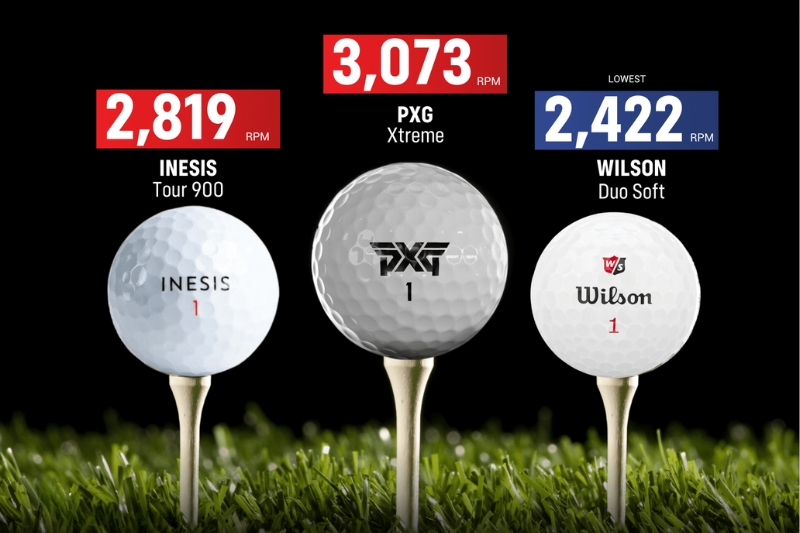
The type of golf ball you use can significantly impact the spin characteristics of your shots. Here’s a breakdown of common golf balls and their spin properties.
Low-Compression Balls
Low-compression balls are designed for slower swing speeds and offer greater spin potential, particularly for backspin. These balls are typically preferred by beginners and players with lower swing speeds, as they provide enhanced feel and control around the greens.
High-Compression Balls
High-compression balls cater to faster swing speeds and generate less spin. These balls are favored by experienced players who prioritize distance and control. Understanding your swing speed and selecting the appropriate ball can greatly influence your spin performance.
Tour Balls
Tour balls are premium offerings designed for professional-level players. They provide a combination of distance, spin, and control, making them suitable for advanced golfers seeking to optimize their performance. Tour balls are typically multi-layered and feature advanced dimple designs to enhance spin and aerodynamics.
Distance Balls
Distance balls focus on maximizing carry distance and offer less spin. These balls are typically favored by players seeking to maximize their driving distances. While they may sacrifice some spin control, they can be beneficial for golfers looking to achieve greater distance off the tee.
When choosing a golf ball, consider your swing speed, desired spin characteristics, and overall playing style. Experimenting with different balls during practice rounds can help you identify the one that best suits your needs.
Common Mistakes to Avoid When Trying to Put Spin on a Golf Ball
While learning how to put spin on a golf ball, it’s essential to be aware of common mistakes that can hinder your progress. Here are some pitfalls to avoid:
Over-Swinging
Swinging too hard can result in a loss of control and reduce spin. Focus on smooth, controlled swings with proper technique rather than trying to hit the ball as hard as possible. Maintaining rhythm and balance is key to achieving consistent spin.
Improper Grip
An incorrect grip can hinder your ability to impart spin consistently. Ensure your hands are positioned correctly on the club and that you are maintaining comfortable grip pressure. Regularly reassessing your grip can help you make necessary adjustments.
Open or Closed Clubface
A closed clubface at impact will lead to excessive backspin and a high, hooking trajectory. An open clubface will result in less backspin and a low, fading trajectory. Aim for a square clubface at impact for consistent spin and trajectory.
Neglecting Practice
Failing to dedicate time to practice can stunt your growth as a golfer. Consistent practice is essential for developing the skills needed to put spin on a golf ball effectively. Create a structured practice routine that includes drills focused on spin control.
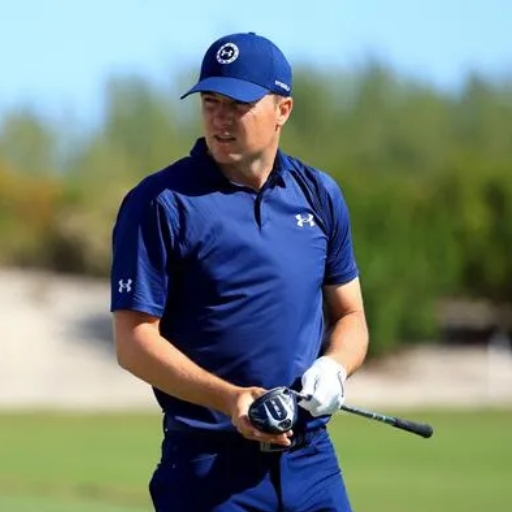
I am the owner of Ricks Golf Shop, a popular destination for golf enthusiasts. My passion for golf began in my teenage years and has only grown over the years. With over 10 years of experience in the golf industry, I offer expert advice and quality products. With a friendly demeanor and extensive knowledge, I ensure every customer leaves happy.
